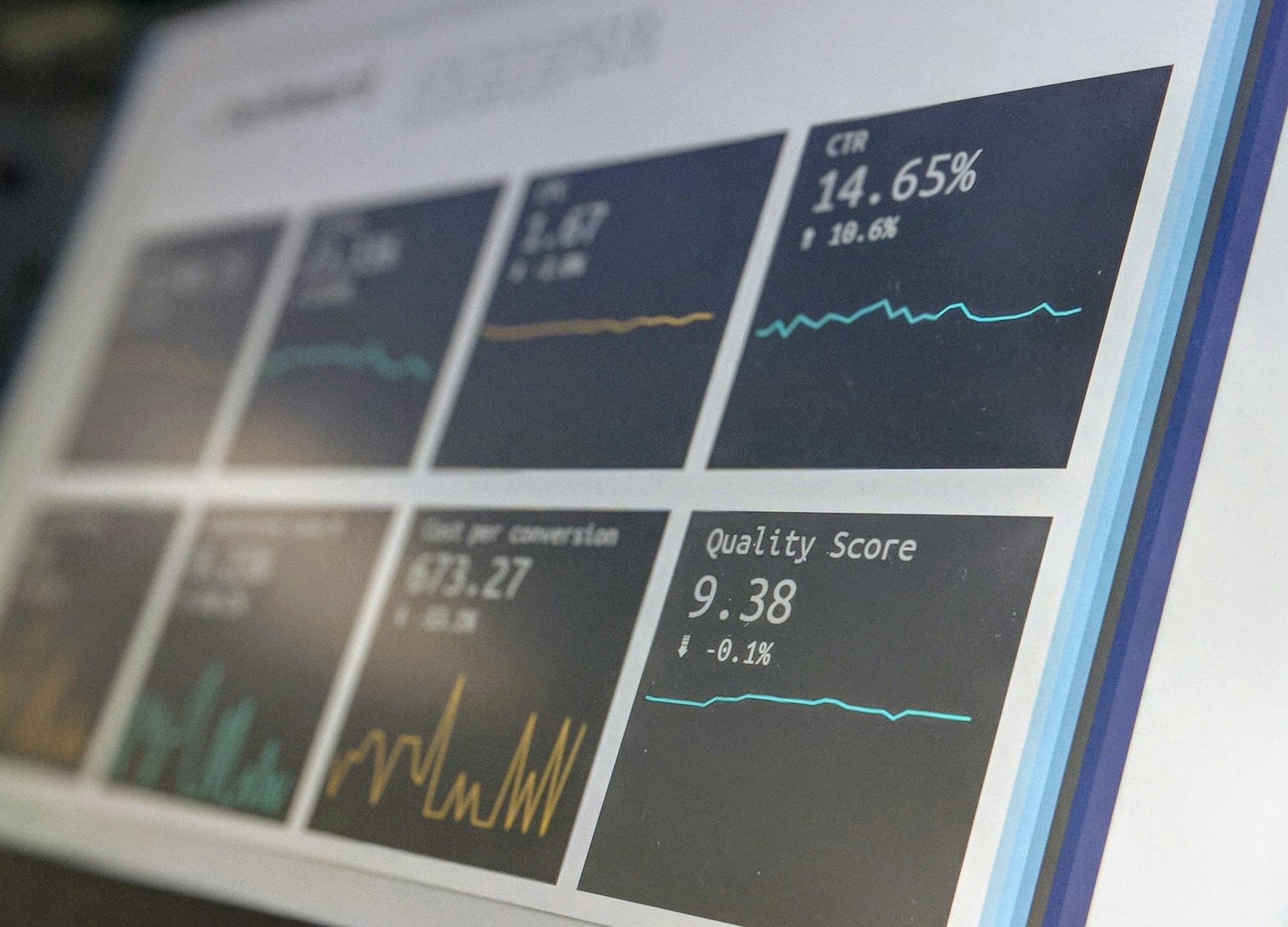Background
Telemedicine, once a niche sector, has become a key player in the U.S. healthcare industry. The COVID-19 pandemic has accelerated its adoption, transforming it from a mere 4% market penetration to a booming industry with thousands of daily telehealth visits.
One of the most significant game-changers in this field is the integration of Artificial Intelligence (AI). AI has the potential to revolutionize telemedicine, making healthcare more accessible, efficient, and personalized.
At a Glance
AI in healthcare is projected to grow from USD 14.6 billion in 2023 to USD 102.7 billion in 2028, at a Compound Annual Growth Rate (CAGR) of 47.6%. This growth is driven by the increasing need for personalized and efficient healthcare services.
AI can enhance telemedicine by improving diagnosis accuracy, predicting, and preventing readmissions, managing chronic diseases, and driving clinical decision support tools. It can also streamline workflow processes in hospitals, lower costs, improve care delivery, and enhance patient experience.
In the US, cross-industry participation in the healthcare domain, along with a significant increase in venture capital investments, is encouraging several new players to enter the AI in Healthcare market. For instance, Navina, a startup company developing an AI-driven platform for primary care, secured USD 15 million in its series A funding round in October 20211.
AI can also be utilized in telemedicine for patient data and risk analysis, medical imaging and diagnostics, precision medicine, drug discovery, lifestyle management and monitoring, virtual assistant, wearables, in-patient care and hospital management, research, emergency room and surgery, mental health, healthcare assistance robots, and cybersecurity.
Why It's Important
Leveraging AI in telemedicine is not just about business growth; it's about revolutionizing healthcare access and affordability. By expanding their market share, telemedicine companies can reach more patients, especially in remote areas, and provide AI-powered services.
AI-driven telemedicine can significantly cut costs by eliminating travel, reducing hospital readmissions, and managing chronic diseases efficiently. A larger market share means these benefits reach more patients.
AI in telemedicine also allows for continuous patient monitoring, improving disease management and patient engagement. It can also address physician shortages, especially in rural areas, by providing AI-powered diagnostic support. Thus, an increased market share in the AI-driven telemedicine landscape means quality healthcare for a larger population.
AI: Fueling Telemedicine Growth
Artificial Intelligence (AI) has been a significant driver in the expansion of market share in the telemedicine sector. The integration of AI in telemedicine has not only improved service delivery but also enhanced patient experience, leading to increased adoption of telemedicine services.
For instance, AI-powered chatbots and virtual health assistants have been instrumental in handling routine tasks such as scheduling appointments, medication reminders, and providing health advice. This has significantly reduced the workload for healthcare providers, allowing them to focus more on patient care. The use of AI in telemedicine has led to a 20% increase in patient satisfaction scores and a 50% decrease in patient wait times according to Healthcare IT News.
Moreover, AI has been pivotal in improving diagnostic accuracy in telemedicine. Machine learning algorithms can analyze vast amounts of data to detect patterns that might be missed by human doctors. For example, AI algorithms have been used to detect skin cancer with an accuracy rate of 95%, significantly higher than the 86.6% accuracy rate of dermatologists.
AI has also been used to predict patient no-shows, which is a significant problem in healthcare. By analyzing factors such as patient history, appointment time, and weather conditions, AI can predict with an accuracy of up to 92% whether a patient will show up for their appointment. This allows healthcare providers to take proactive measures to reduce no-shows, leading to improved efficiency and increased revenue.
Furthermore, AI has been used to personalize patient care in telemedicine. By analyzing patient data, AI can provide personalized health advice and treatment plans. This has led to improved patient outcomes and increased patient engagement, which are key factors in increasing market share in the telemedicine sector.
Future Prospects
As we look ahead, the role of AI in telemedicine is set to become even more significant. The integration of AI with emerging technologies like 5G, Internet of Things (IoT), and blockchain is expected to further enhance the capabilities of telemedicine.
AI-powered predictive analytics could enable more proactive care, identifying potential health issues before they become serious. This could lead to a shift from reactive to preventive healthcare, improving patient outcomes and reducing healthcare costs.
Moreover, AI could play a crucial role in democratizing healthcare. By making high-quality healthcare services more accessible and affordable, AI could help reduce health disparities and ensure that everyone, regardless of their location or socioeconomic status, has access to the care they need.
However, the widespread adoption of AI in telemedicine will not be without challenges. Issues related to data privacy, security, and regulatory compliance will need to be addressed. There will also be a need for ongoing research and development to ensure that AI algorithms are accurate, reliable, and unbiased.







